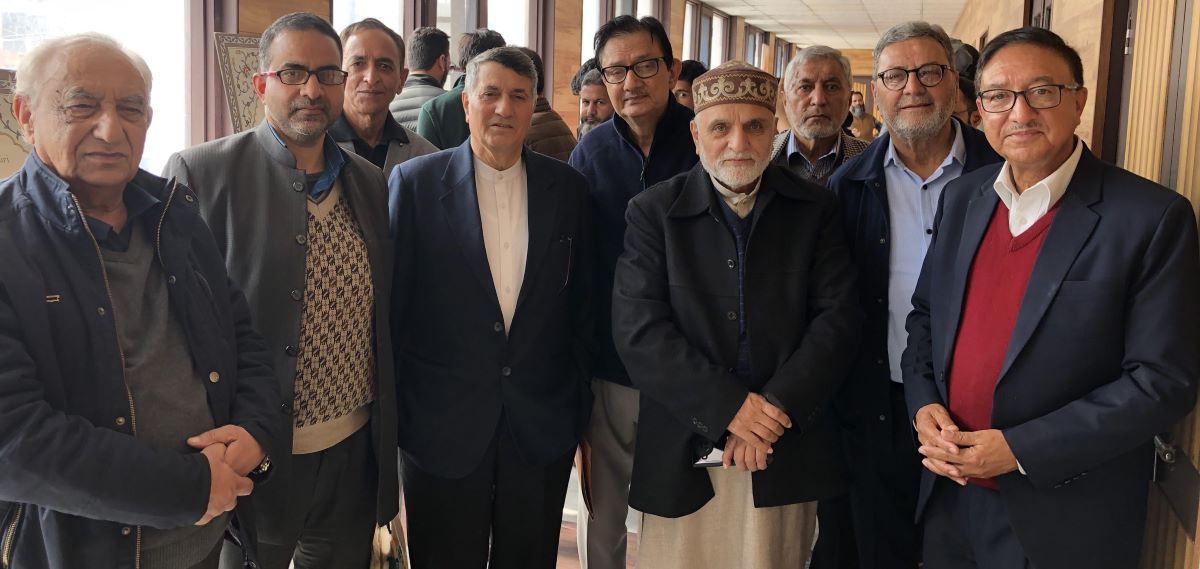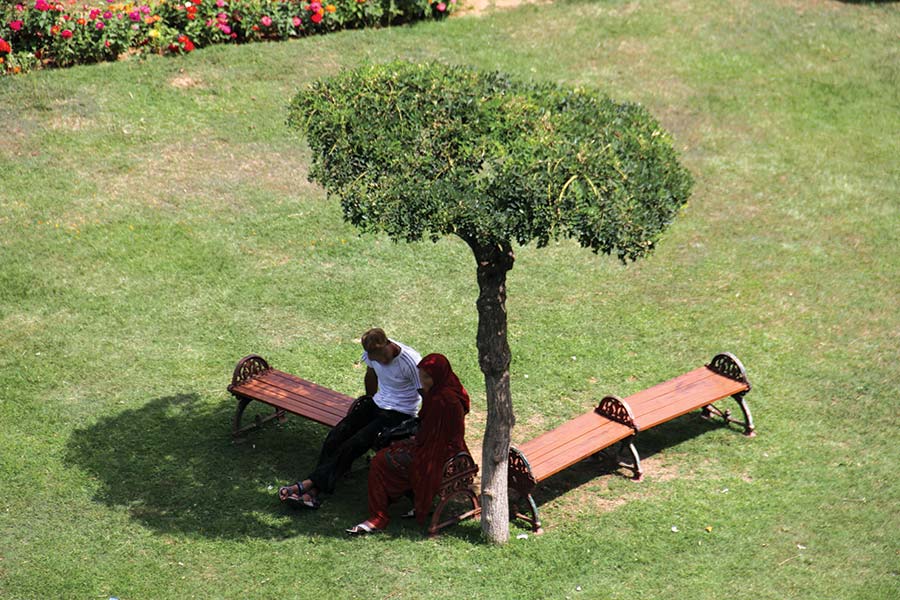by Khalid Bashir Gura
SRINAGAR: The majority of the manuscripts in custody of public repositories or private possessions are facing a serious survival crisis as the owners lack enough resources for their proper conservation. This was one of the revelations made at the Indian National Trust for Art and Cultural Heritage (INTACH), Kashmir Chapter’s awareness workshop on manuscript conservation and preservation. The event was focused on educating and engaging the community about the importance of written records of the past.
“We earn from Pashmina so Shawl thrives. We eat so the Wazwaan lives but that is not the case of the manuscripts,” M Salim Beg, the INTACH convenor and the event organiser said. “After our architecture witnessed a change, the manuscripts became vulnerable.”
Serving as an important link to the past, manuscripts, serve as primary sources documenting the rich history, including socio-cultural, religious, and political aspects over the centuries. Kashmiri manuscripts are handwritten on parchments while some are on handmade paper. Kashmir’s manuscripts are written in various languages such as Sanskrit, Sharda, Persian, Arabic, Urdu and some in Kashmiri.
The various kinds of manuscripts in possession of individuals and institutions have been damaged due to the high cost of maintenance and ignorance of their essence preservation and conservation.
“We have formal and informal repositories in Kashmir. There are three repositories in Kashmir: the Oriental Research Library, the SPS Museum and the State Cultural Academy with each having more than 3000 manuscripts. Similarly, there is an informal repository also called the private collection,” Beg, told the audience.
The scale of manuscripts in possession of private repositories is more in number as revealed by a survey almost two decades ago, Beg said. “In a survey conducted by the Department of Archives, there are around 40000 manuscripts. However, the custodians could not take care of the manuscripts properly which led to their deterioration,” he said.
Kashmir, Beg said has been giving less importance to knowledge preservation. The custodians of the manuscripts do not have a full understanding of their historical or cultural importance.
“People are not aware of conservation and preservation methods. The manuscript is subjected to different attritions and sometimes custodians also due to ignorance damage it,” he said.

Kashmir has a vibrant literary tradition, with manuscripts containing works of poetry, philosophy, and literature, showcasing the intellectual achievements of Kashmiri scholars and writers. Manuscripts often feature intricate calligraphy, illuminations, and illustrations, demonstrating the artistic skills and aesthetic sensibilities of Kashmiri scribes and artists.
There are various challenges in preservation like material degradation, physical damage, environmental factors, biological threats, and historical interventions.
Besides bearing the brunt of a lack of appreciators and readers, the changing architecture in Kashmir into cemented concrete houses which rarely have any chinks like in centuries-old heritage houses and buildings, the efforts to preserve and conserve manuscripts became hard.
“Gilgit manuscripts which belong to the pre-Islamic era of Kashmir and have been included in the Memory of the World are also endangered,” Beg said.
Similarly, there are various formal institutions where manuscripts due to lack of awareness and conservation are facing a lot of issues. However, we are trying to restore the manuscripts in collaboration with custodians. As manuscripts are part of the memory, the best way to preserve them is through digitization for posterity.
The Manuscript Conservation Centre by INTACH Kashmir aims at conservation services like cleaning, repair and restoration of damaged manuscripts, and making archival boxes made of acid-free mount boards for better storage. It also aims to organise basic manuscript care and handling training programmes. The centre will be helping manuscript owners to maintain their precious possessions at the lowest possible cost. It has experts and the entire basic toolbasket to manage the manuscripts better. It has already done some work on this front, Beg added.
“At a time when there is a spike in unemployment, why training programmes are not certified to create more employment as well as creating professionals to preserve repositories,” said a senior journalist in the audience.
As many countries have laws and regulations in place to protect cultural heritage, including manuscripts, Jammu and Kashmir too has legal provisions to safeguard such precious collections; J&K Heritage Preservation & Conservation Act, 2010 (the act has been retained in the re-organization of J&K act, 2019).















